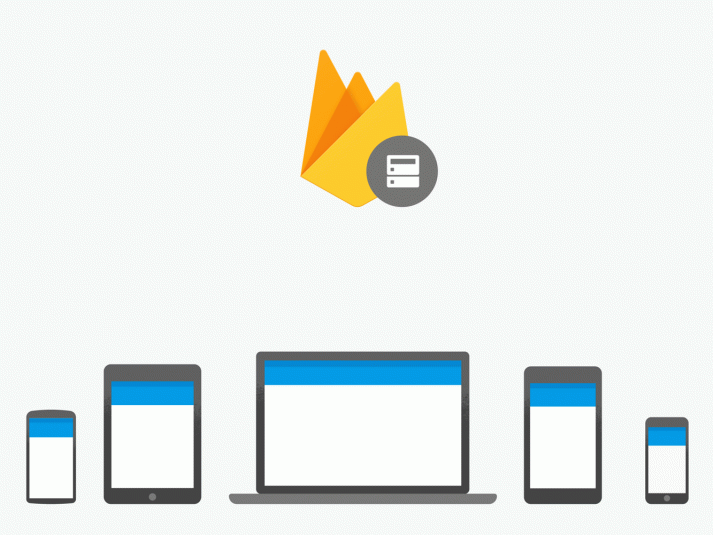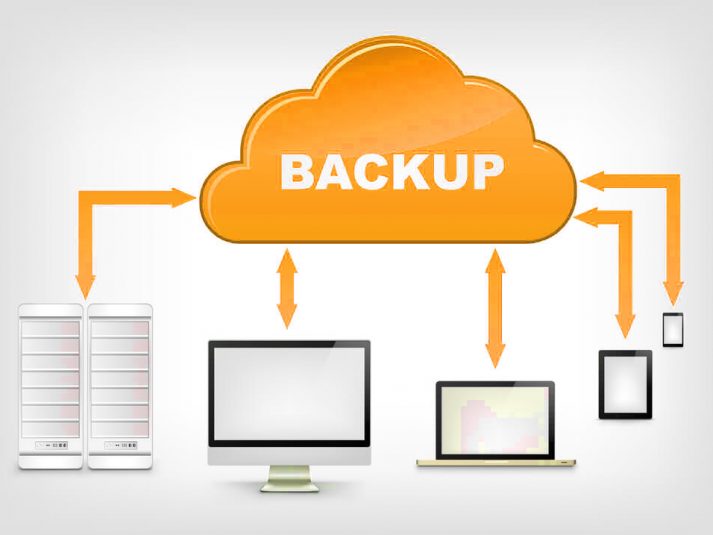There’s a lot you can do to protect your site. Still, it may end up compromised at some point, particularly if it’s a popular site with a lot of traffic. Here are just a few of the things that can happen:
- Your site could get hacked, and your information could be tampered with or stolen.
- Files might get accidentally (or intentionally) corrupted or deleted.
- Something you install, such as a poorly coded plugin or theme, could break existing features.
Data loss is an inevitability. It happens to everyone and always at the worst possible time. Just like having that Word document you need for your final term paper bomb out as you hit save, the files on your web server are files, and, like anything else, they can become corrupted.
Without a backup to rely on, data loss can be a dire situation. You could permanently lose content or vital information, have difficulty getting your site to run the way it did before, or even see it brought down completely.
With a backup, however, you have a quick way to solve these problems. You can copy over your backup and restore the site to its former state — before the hack, compatibility error, or other issue occurred. You can even use a backup to create a testing or staging site if you’d like, which can help you troubleshoot problems safely.
But a backup isn’t a silver bullet. For example, it won’t help you get back stolen information However, it’s a vital part of your strategy that shouldn’t be overlooked. Creating backups is one of those tasks that should be performed on every website — no matter its size, focus, or goals.





